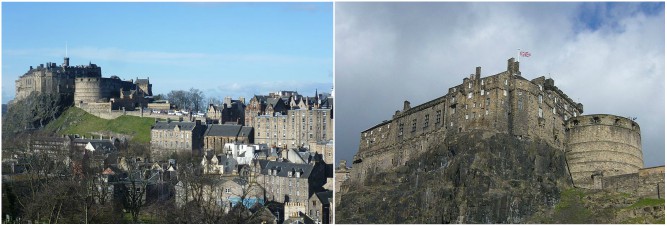Coming to Scotland, visitors can marvel at several world-recognized sites. There is not only Loch Ness, the lake where the mysterious Loch Ness monster widely known as Nessie supposedly hides, but also Maeshowe, a prominent Stone Age tomb built out of gigantic sandstone blocks and considered to be as old as 5,000 years.
Back to the urban realms, in Glasgow is the exceptional Glasgow Cathedral. With its dark and striking interior, it certainly resembles one of the finest pieces of Gothic architecture worldwide. This list of must-see places won’t be complete without other of the castles that Scotland has in its possession, in particular the astonishing Edinburgh Castle. Its beauty perhaps cannot be matched by any other castle to be found across the British Isles.
And there are plenty more reasons why Edinburgh Castle is regarded as the most famous of all Scottish castles.
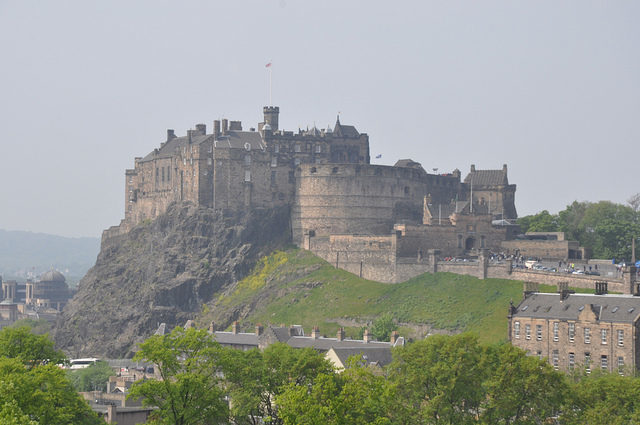
The legendary castle reportedly occupies the site of a 350-million-year-old plug of an extinct volcano. The volcanic plug is known as the Castle Rock: it emerges in the middle of the city and is where Edinburgh Castle rests today. Historical accounts suggest there was a settlement on the site of Castle Rock as early as the 2nd century. Named “Aluana” which would stand for “rock place,” perhaps this is the earliest known designation for Castle Rock.
Following archaeological excavation in the early 1990s, it was discovered that the site had been settled even earlier, either during the late Bronze Age or the early Iron Age. These assertions potentially make Castle Rock count as the longest perpetually occupied site in Scotland.
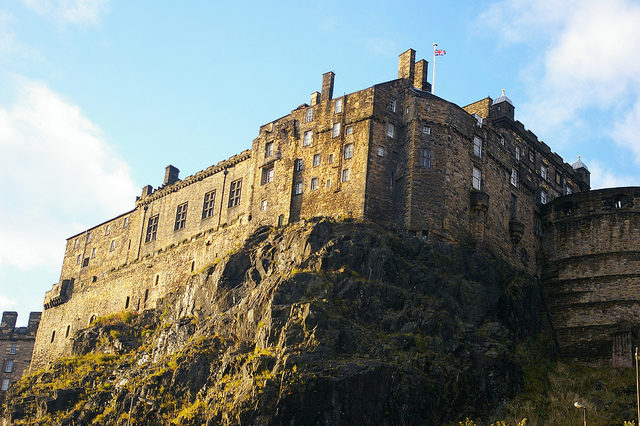
It’s known that there has been a royal castle on the volcanic rock at least since the reign of David I of Scotland, a 12th-century royal who first served as the Prince of the Cumbrians and later on, as King of the Scots in the period between 1124 and 1153. This king spent most of his time in Scotland, although he was exiled to England at one point. It is also known that his court was influenced by the Norman and Anglo-French culture.
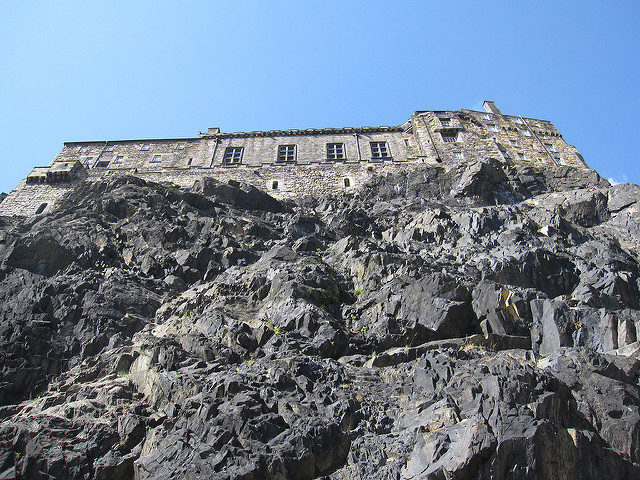
The site of Castle Rock continued to be a royal residence at least until 1633, however by this time its residential role faced decline. During the 17th century, the site would primarily be used as military barracks, supposedly housing quite a large garrison.
In fact, throughout its extensive history, Edinburgh Castle has likely been attacked more than any other castle in the world. Involved in numerous conflicts and unrests in the region, it has faithfully served the purpose of being the ultimate defense position in Edinburgh, hence why it’s dubbed “the defender of the nation.”
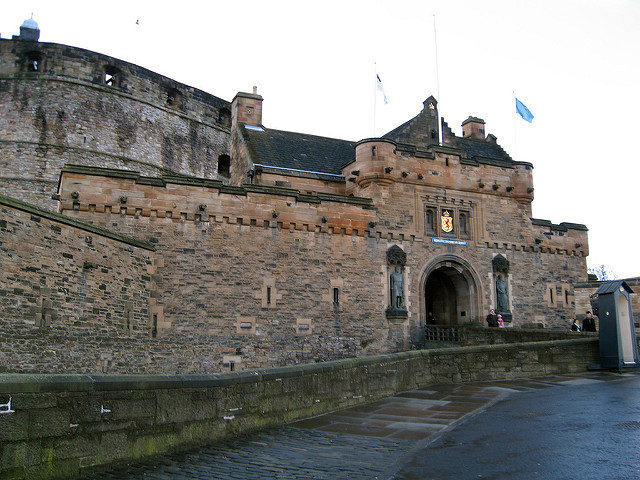
Another intricate aspect of the castle’s history is its name and official founding. The numerous sources and references to be followed in historical accounts can inject a dose of uncertainty to the origins of the royal castle.
An important early source of Scottish history, the Orygynale Cronykil by Andrew of Wyntoun, suggests that the previous name of Edinburgh Castle had been “Maiden’s Castle.” It was supposedly founded by the legendary King of the Britons, Ebraucus. His name appears until somewhere the 16th century, as well as the designation “Maiden’s Castle” can be noticed in other documents such as the charters of David I and also those who succeeded him.
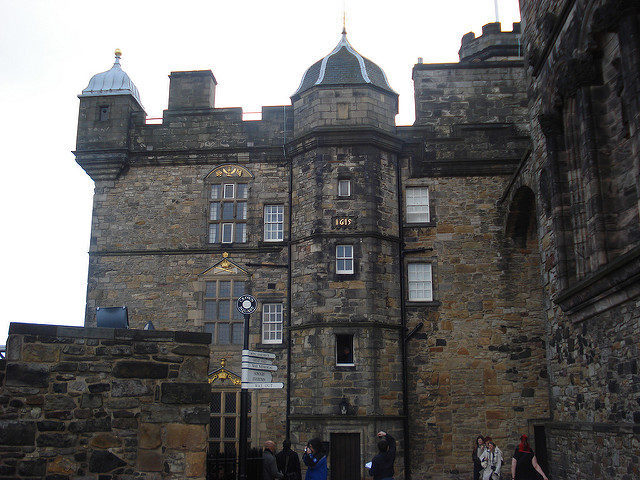
A belief of the 17th century tells that the “maidens” were allegedly nuns who after some time were expelled from the castle, thereafter replaced by clerics, but this bit of history has largely been dismissed by historians in the past two centuries.
There are still other accounts that associate the name of the castle with Arthurian legend and the “Cult of the Nine Maidens.” According to the story, the site once stood as a shrine and belonged to one of the nine sisters, namely the powerful sorcerer Morgan la Fee.
One more early Middle Age reference that concerns Castle Rock is found in an important literature artifact, the epic Welsh poem of I Gododdin, where the Castle Rock is called “the stronghold of Eidyn.” Amid all these different stories and references, Edinburgh Castle indeed appears to be shrouded in plenty enough myths and legends.
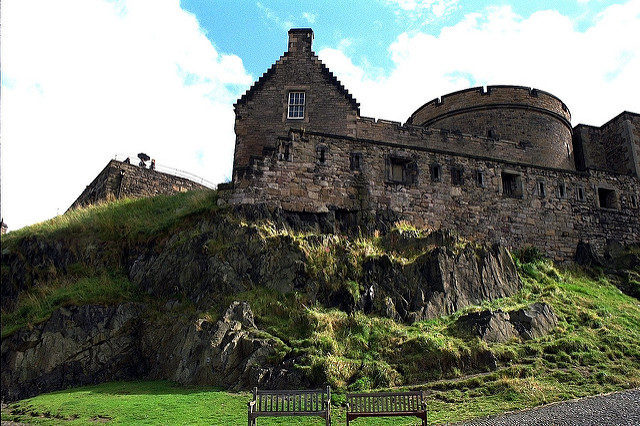
Towards the end of the 12th century, the legendary castle was occupied by the English, but after that, it was returned to King William “the Lion” and became the principal repository of Scotland’s official state papers. Aside from the occupation, the castle has been involved in plenty more turbulent events: the Wars of Scottish Independence, the building of David’s tower, the Lang Siege as well as the Jacobite rising.
At present, Edinburgh Castle retains its status of “defender of the nation” as it continues to serve its purpose of a military base. An annual highlight is the Royal Edinburgh Military Tatoo, which takes place on Castle Esplanade in the month of August.
The castle’s importance as Scotland’s national heritage became increasingly recognized during the 19th century, after which a number of restoration programs have been conducted. Currently, Edinburgh Castle makes the bigger part of the Old and New Towns of Edinburgh UNESCO World Heritage Site and houses some of the most precious national treasures of the country, including Scotland’s crown jewels.
You might be forgiven for not paying a visit to Loch Ness, Maeshow, or the Glasgow Cathedral upon traveling to Scotland, but Edinburgh Castle is simply unmissable.
